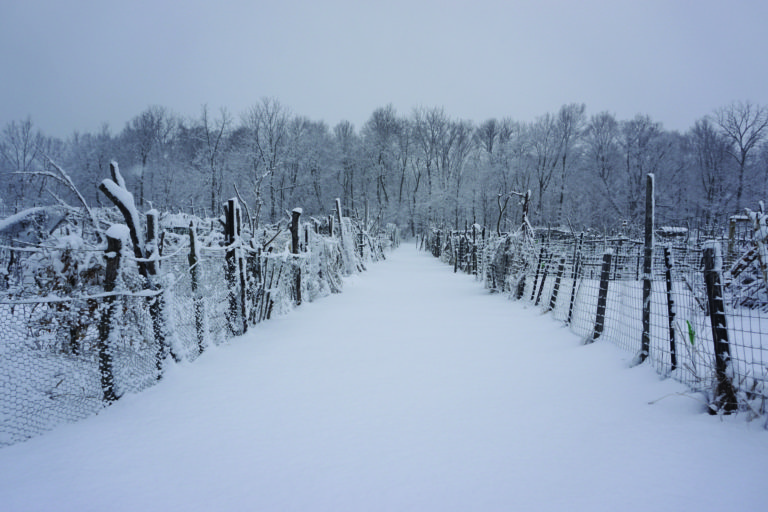
By Anita Weier
Northside News
When you drive past Troy Community Gardens, do you ever wonder how it came to be and how it has survived in a growing urban area?
“Community GroundWorks grew out of a successful grassroots movement to protect and steward open green spaces at Troy Gardens on Madison’s Northside,” said Executive Director Karen von Huene.
In 1995, after the State of Wisconsin declared a 15-acre undeveloped site in the 500 block of Troy Drive as surplus land, residents who had used the land for gardening, walking and bird watching objected, fearing that a private developer might buy it and destroy the natural surroundings.
Assisted by the Northside Planning Council, the group planned what to do. Several nonprofit groups formed the Troy Gardens Coalition. Representatives of the University of Wisconsin joined the coalition in 1996 when the state added a 16-acre landlocked undeveloped area to the north of the original site to the surplus list.
The coalition developed a proposal to use the land for open space and agriculture, and the City of Madison adopted that plan. In 1997 the state agreed to take the entire 31-acre site off the surplus list. By the summer of 1998, the coalition and state agreed on a 50-year lease with a provision to buy the property. After years of fundraising, the Madison Area Community Land Trust, with support from Madison, purchased the property in 2001.
Friends of Troy Gardens became Community GroundWorks, which has protected and improved the land. A five-acre certified organic vegetable farm sells fresh food to area residents, the community gardens were expanded to offer 320 plots to gardeners, the natural areas have been restored, and 30 units of mixed-income cohousing were developed. Gardening for Good serves adults with disabilities, veterans, re-entry adults and refugees. There is also a Troy Kids’ Garden.
“Community GroundWorks’ mission is to work toward an equitable food system by ensuring access to garden space and healthy food, and by educating beginning farmers and gardeners of all ages,” von Huene explained.
The Northside community, which still treasures the gardens, went into action again in 2011, when the State of Wisconsin announced plans to locate a 60,000-square-foot state storage facility on land right next to the community gardens in an area that had been greenspace.
The project had progressed without public participation through the Planning Commission process until a Northside alder succeeded in delaying Madison Common Council action so that a community meeting could be held. About 50 people attended the meeting, and most opposed the project. Several expressed concerns about traffic, aesthetics, loss of greenspace and possible impact on Troy Gardens.
The facility at 402 Troy Dr. would have stored archival materials for the Wisconsin Historical Society and the Wisconsin Veterans Museum, both of which needed modern storage space for their growing collections. Residents recognized the need but thought there were better places for the facility.
Meetings among state, city and community representatives continued until the state eventually decided to build the huge warehouse elsewhere. Ultimately, the $46.7 million, 188,000-square- foot archive preservation facility was built on what was the site of the state’s aging Central Services Facility at 202 S. Thornton Ave.